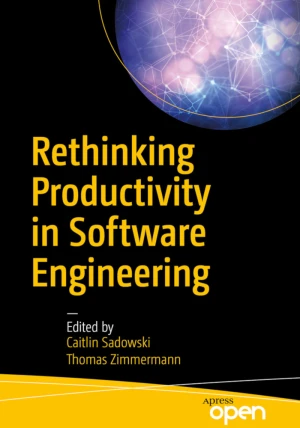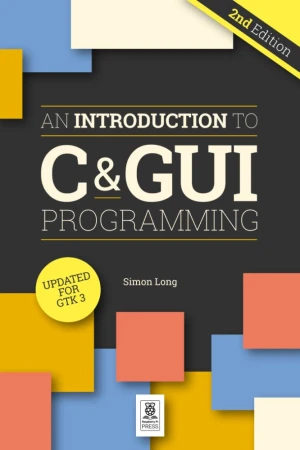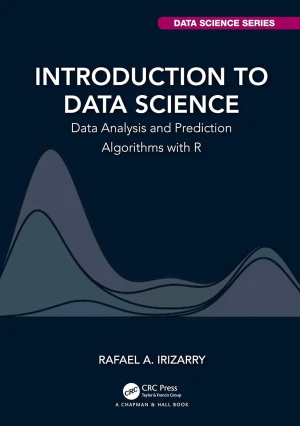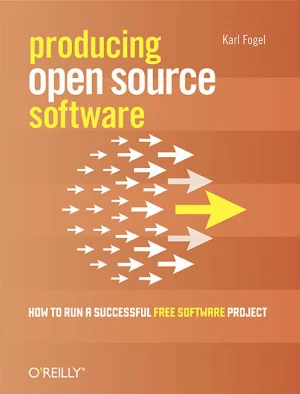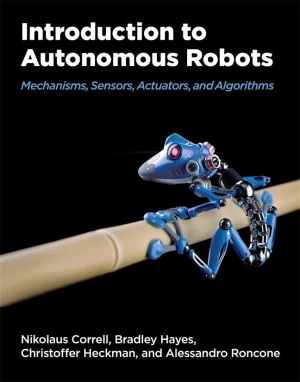Introduction to Ethical Software Development

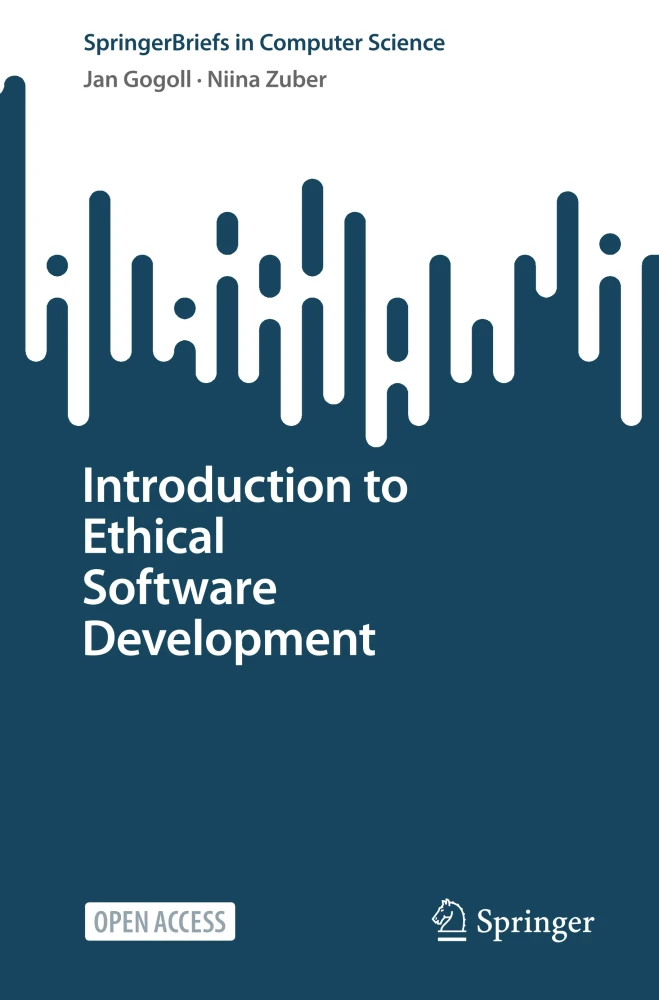
Book Details
| Authors | Jan Gogoll, Niina Zuber |
| Publisher | Springer |
| Published | 2025 |
| Edition | 1st |
| Paperback | 134 pages |
| Language | English |
| ISBN-13 | 9783032061942, 9783032061959 |
| ISBN-10 | 3032061946, 3032061954 |
| License | Creative Commons Attribution |
Book Description
This open access book bridges the gap between ethical theory and software practice. It introduces foundational concepts in digital ethics, highlights the distinctive nature of software as a technology, and offers a systematic approach to integrating ethics into the development process.
The book is structured in eight chapters: it starts with an Introduction presenting a historical overview that puts the relation between ethics and technology (with software as a special kind of technology) in context. Next, What is (Digital) Technology? explores various philosophical perspectives on technology and underlines why software producers carry a significant ethical responsibility. Why develop Software ethically? then explores the ethical imperative for software development and advocates for a dynamic hybrid approach that combines universal ethical principles with context-sensitive, participatory methods, while What is Ethics? introduces the foundational concepts of ethics and explores their relevance for software development. Subsequently, Values and Software explores the central role of values in ethical software development discussions. Spotting the Right - Overcoming Moral Uncertainty then addresses the foundational phase of ethical practice and examines the epistemic challenge of identifying morally significant aspects in software design, and Deciding for the Good - Overcoming Moral Indecisiveness examines the challenges of ethical decision-making in software development and highlights the necessity of ethical deliberation to navigate value conflicts such as usability versus explainability, and safety versus autonomy. Eventually, Organization, People and Processes underlines the crucial role organizational structures play in enabling ethical deliberation within software development.
The book offers practitioners a clear orientation in the increasingly bewildering landscape of normative demands, value lists, ethical guidelines, and codes of conduct that have emerged around ethically informed software development. It especially aims at practitioners, product managers, policymakers, and students who wish to understand the ethical dimensions of the software systems they develop or regulate.
This book is available under a Creative Commons Attribution license (CC BY), which means that you are free to copy, distribute, and modify it, as long as you give appropriate credit to the original author.
If you enjoyed the book and would like to support the author, you can purchase a printed copy (hardcover or paperback) from official retailers.
Download and Read Links
Share this Book
[localhost]# find . -name "*Similar_Books*"
Building Modern Web Applications With Spring Boot and Vaadin
This guide is a practical introduction to web application development with Spring Boot and Vaadin. It covers the entire development process, from setup to deployment, following a step-by-step approach. You can replicate each section at your own pace as you follow along. The content is suitable for anyone familiar with Java who wants to build a web
Rethinking Productivity in Software Engineering
Get the most out of this foundational reference and improve the productivity of your software teams. This book collects the wisdom of the 2017 "Dagstuhl" seminar on productivity in software engineering, a meeting of community leaders, who came together with the goal of rethinking traditional definitions and measures of productivity. The results of
An Introduction to C & GUI Programming, 2nd Edition
Freshly updated for GTK3, the 2nd edition of An Introduction to C & GUI Programming will teach you all you need to know to write simple programs in C and start creating GUIs, even if you're an absolute beginner. The first half of the book is an introduction to C, and covers the basics of writing simple command-line programs. The second half shows h
Introduction to Data Science
Introduction to Data Science: Data Analysis and Prediction Algorithms with R introduces concepts and skills that can help you tackle real-world data analysis challenges. It covers concepts from probability, statistical inference, linear regression, and machine learning. It also helps you develop skills such as R programming, data wrangling, data vi
Producing Open Source Software, 2nd Edition
The corporate market is now embracing free, "open source" software like never before, as evidenced by the recent success of the technologies underlying LAMP (Linux, Apache, MySQL, and PHP). Each is the result of a publicly collaborative process among numerous developers who volunteer their time and energy to create better software. The truth is, ho
Introduction to Autonomous Robots
Textbooks that provide a broad algorithmic perspective on the mechanics and dynamics of robots almost unfailingly serve students at the graduate level. Introduction to Autonomous Robots offers a much-needed resource for teaching third- and fourth-year undergraduates the computational fundamentals behind the design and control of autonomous robots.


